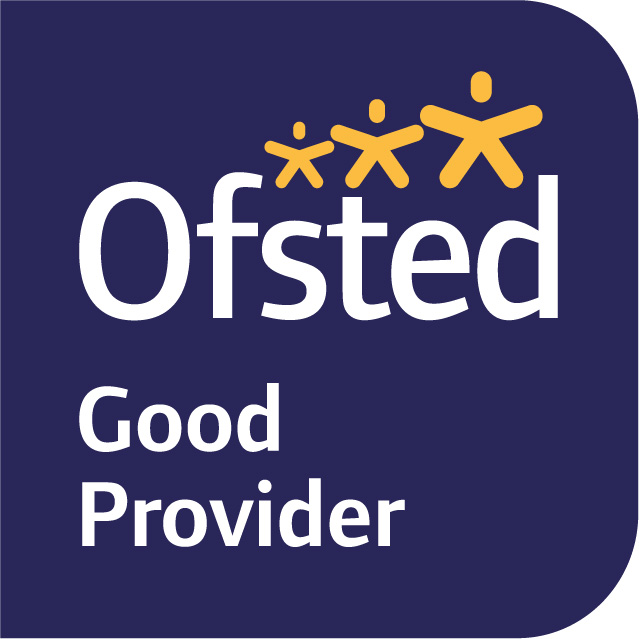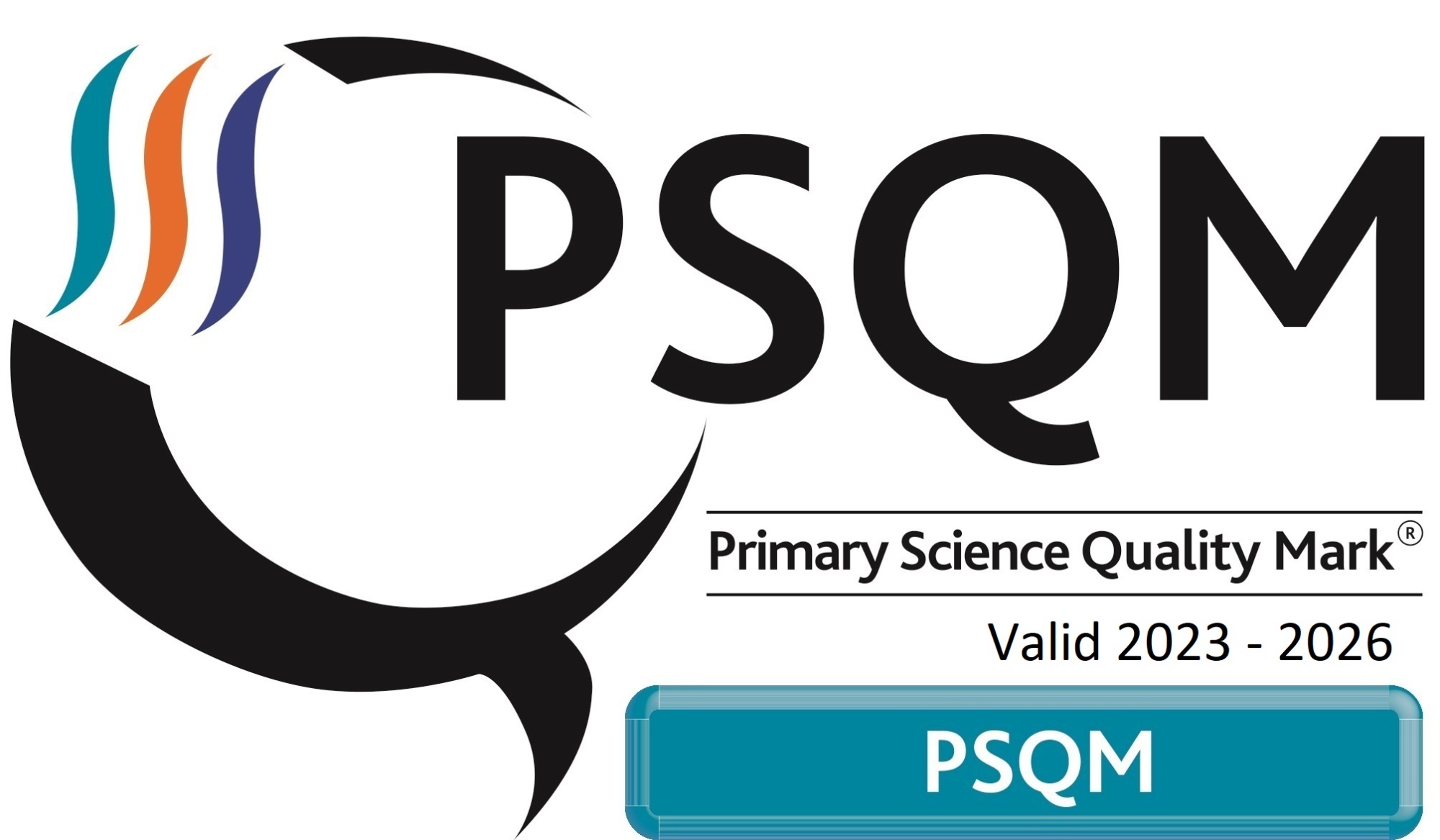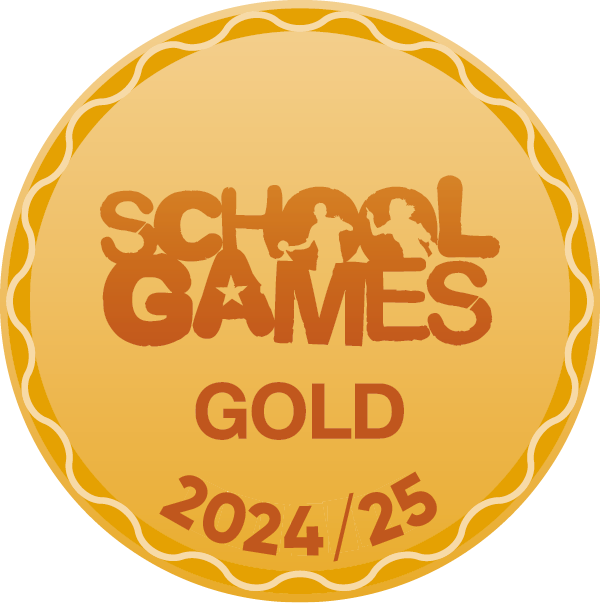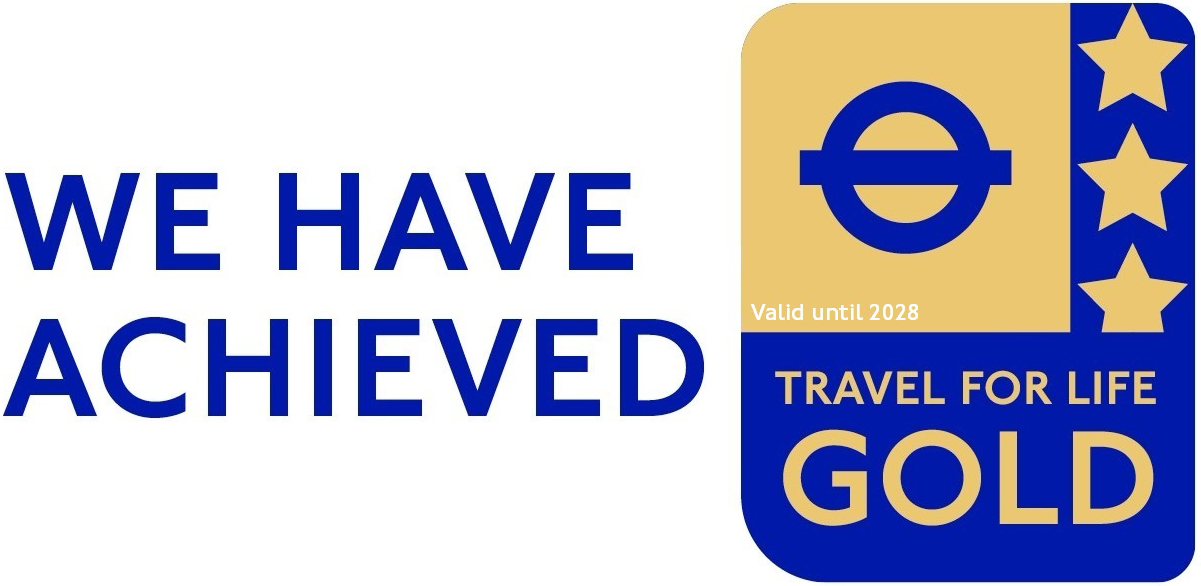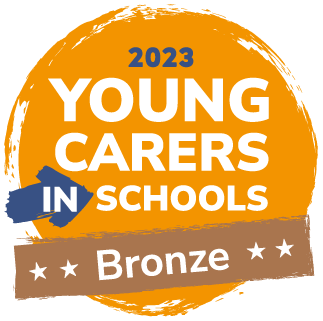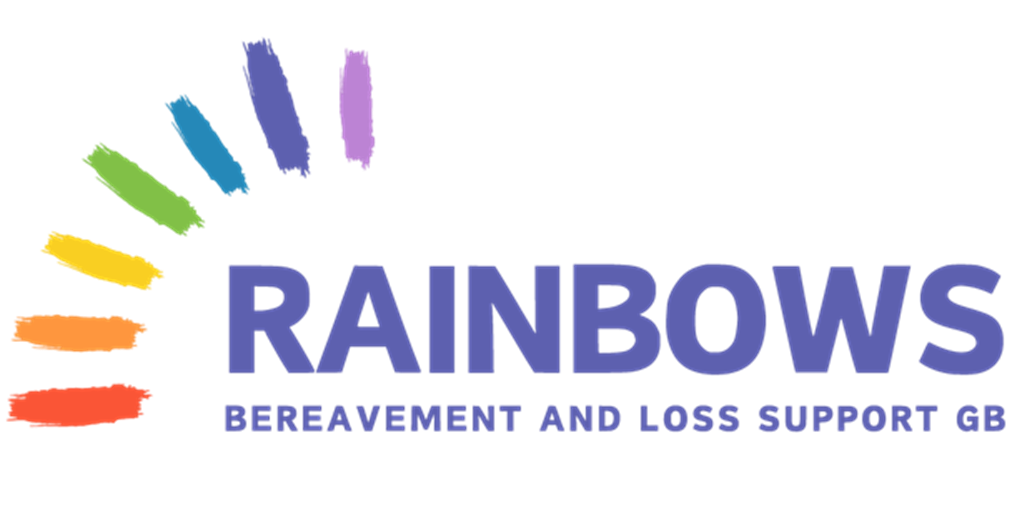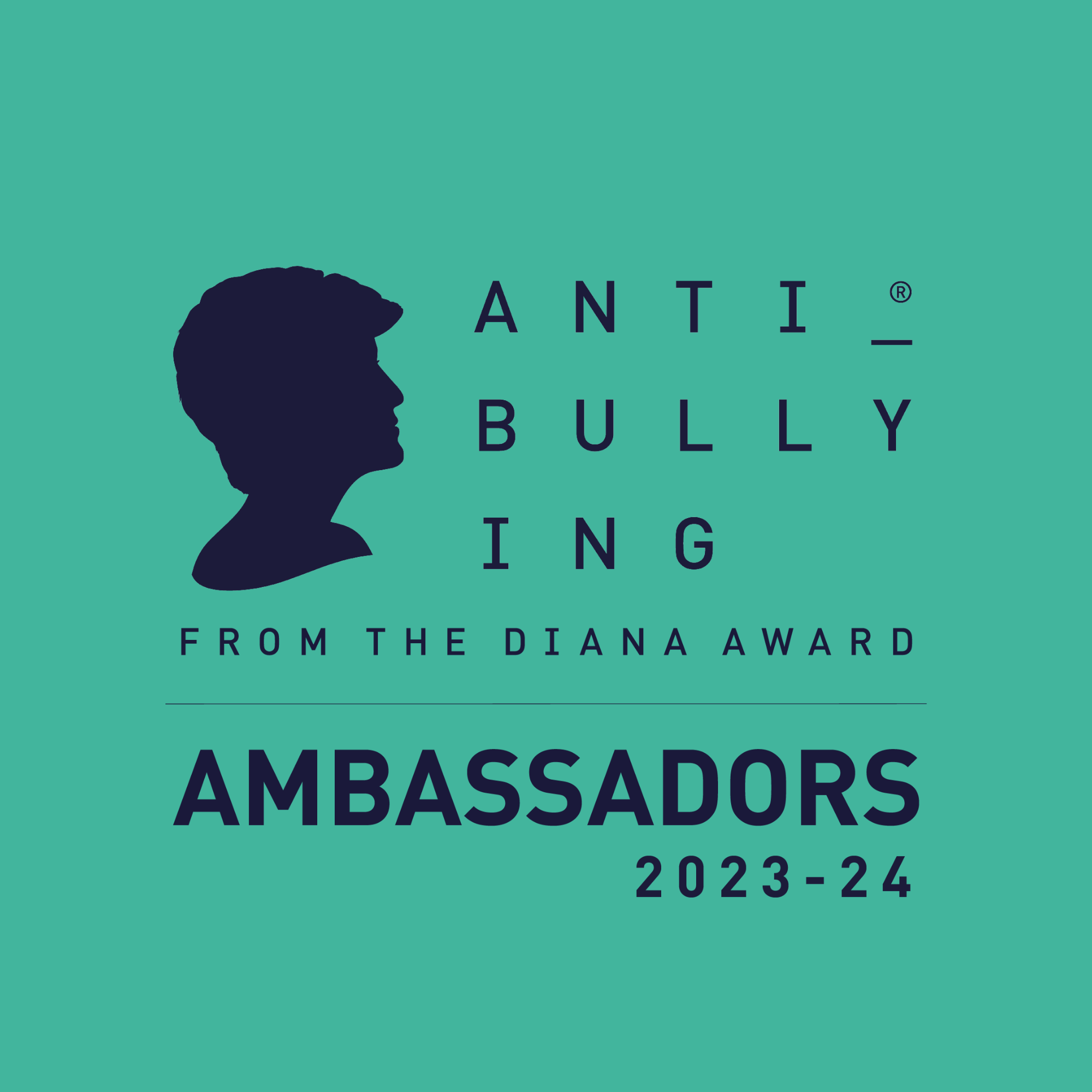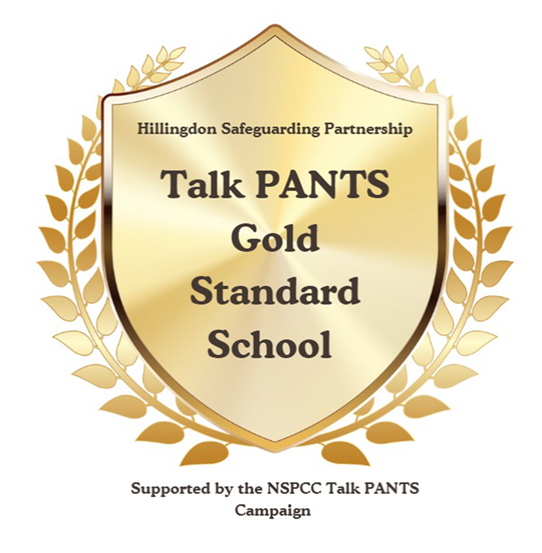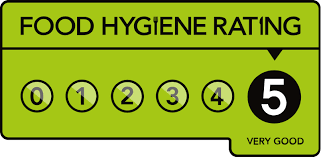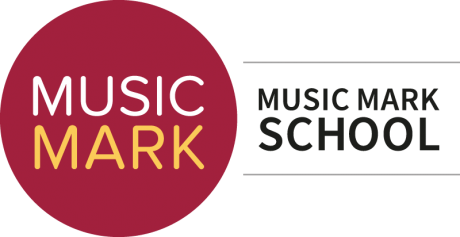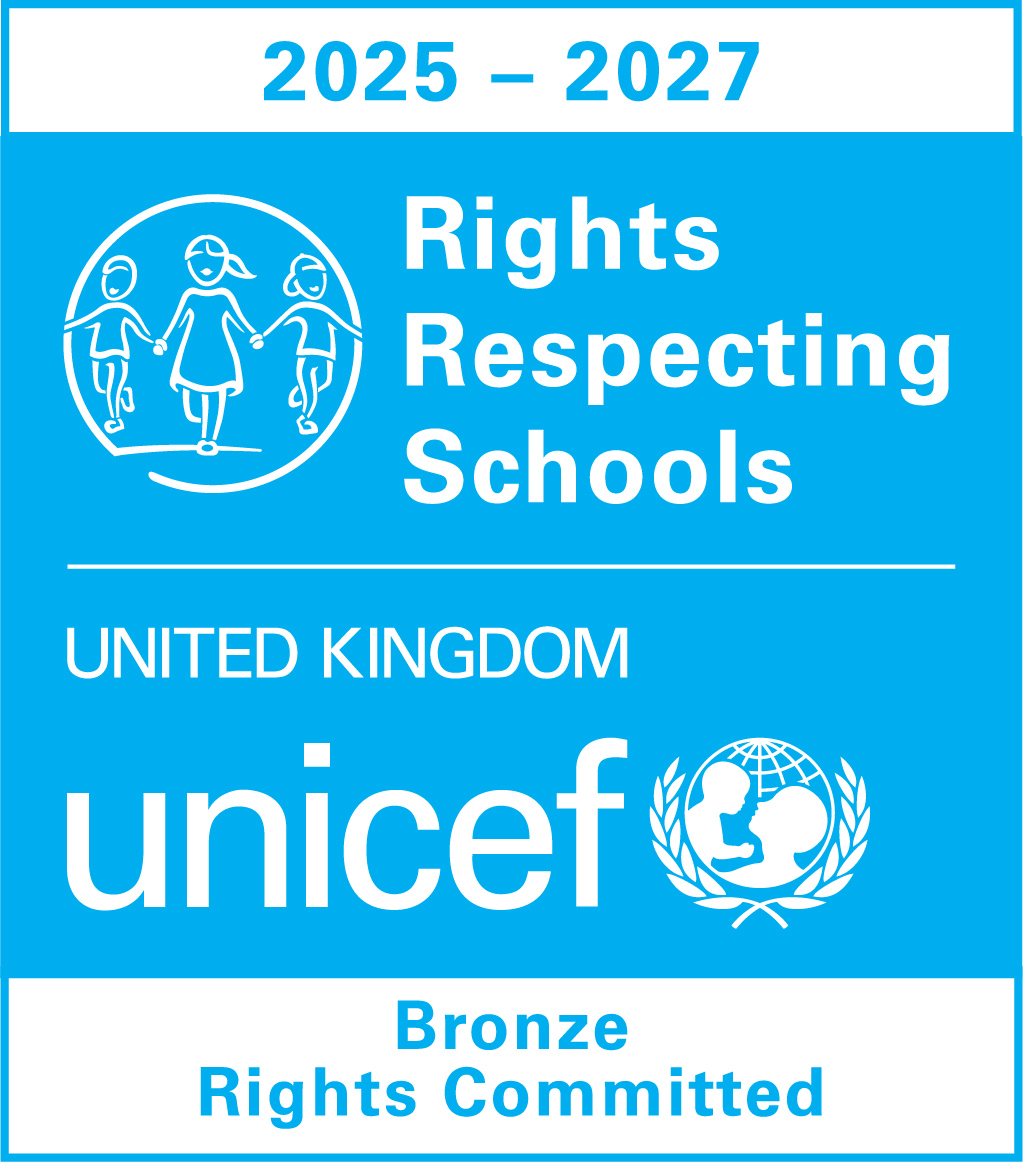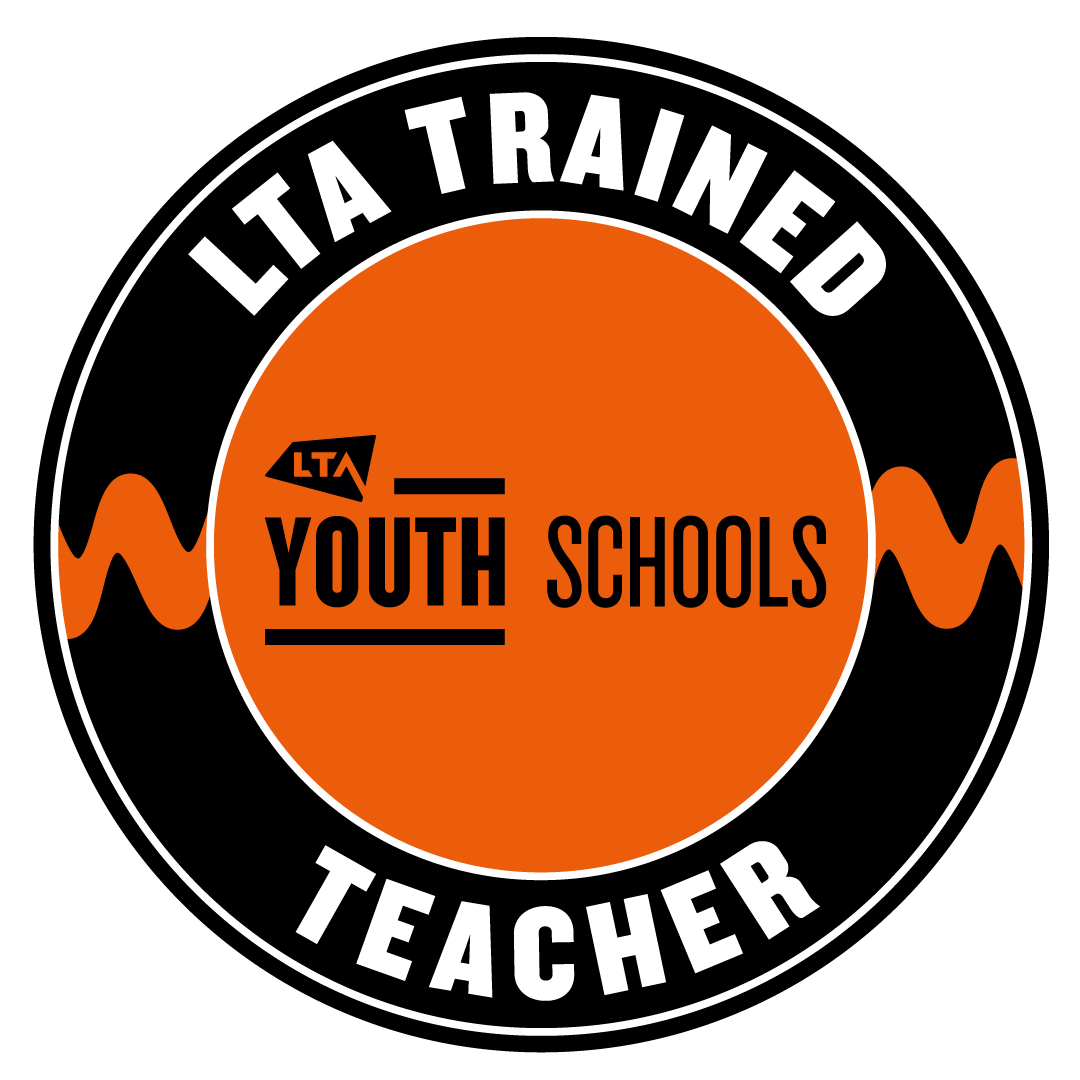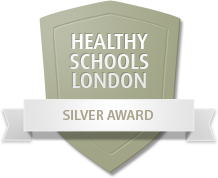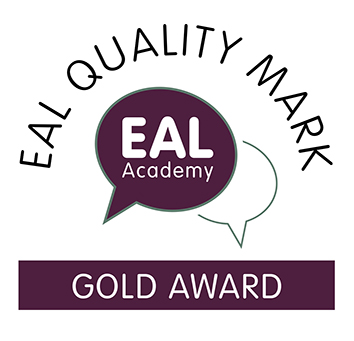EYFS Writing Intent
Our Goal
At William Byrd Primary Academy, our EYFS curriculum ensures that all children have plenty of opportunities to write for different purposes across the setting. We encourage writing through all curriculum areas and use quality reading texts to model examples of good writing. Writing is taught through a number of different strategies.
The William Byrd Approach
We are proud to have devised our own approach to teaching writing in the EYFS which helps children transition from hearing to telling stories, from mark making to short sentence writing, and from making initial connections to comprehending stories. Our ‘Say it!, Do it!, Write it!’ approach is taught through three distinct phases. All classrooms have a ‘Message Centre’, where writing is encouraged and made extra-enticing through a range of resources and tools. Children are encouraged to mark make everywhere, and for a range of purposes.
Say it!
During this phase, children’s interest is piqued by a hook or experience lesson which sets some context. Over several days, they learn a text by heart, and map out the story as a class. They discuss, predict, sequence and describe events, using drama, role play, puppetry, and small world. They develop literal and inferential comprehension skills, and express their preferences, borrow new vocabulary and build up a working wall. Direct links are made to current phonics knowledge, incorporating appropriate RWI ‘red’ and ‘green’ words. This phase mostly involves direct teaching of the Communication & Language objectives from the EYFS framework.
Do it!
Once the children become familiar with the plot, they explore character, setting or similar texts. Class and small group guided writing sessions encourage children to achieve their potential in later independent write sessions, and lots of short write opportunities within meaningful contexts are offered, which both bring the story to life and introduce a range of text types. These may include postcards, lists, captions, spells and instructions.
Write it!
Finally, the children use adult modelled writing as a prompt for their own independent write. Using sounds and word mats, and working in pairs or alone, they write a retell, a fact file or an adaptation of a text. At this point, the Literacy objectives for Reception, including the Early Learning Goals, are incorporated. Children apply their phonetical understanding, write simple phrases and sentences, read back what they have written, and begin to form their lower case and capital letters.
Nursery
As children rapidly build their vocabulary and learn new language structures, the focus is on oracy, speaking and listening. Storytelling, rhyme and songs are integral to Literacy, which is taught through the area of Communication & Language throughout the environment. Throughout the year, they explore stories through learning and retelling them, focusing on the ‘Say It!’ and ‘Do It!’ phases of our EYFS Writing Approach. Children begin to explore, recognise and trace their first 16 letter sounds in the spring term of Nursery, and each week they begin a new story which links to their wider whole-class topics or individual interests.
Reception
Linked to our half termly projects, we select a new text or story every four to five weeks. As with Nursery, there is a linking of oracy throughout all literacy learning, but the ‘Write it!’ phase is introduced. During the summer term of Reception, children are introduced to Grandpa Fantastic, as the children become familiar with Jane Considine’s ‘The Write Stuff’ approach, which underpins all writing teaching in Key Stage 1 and 2.

